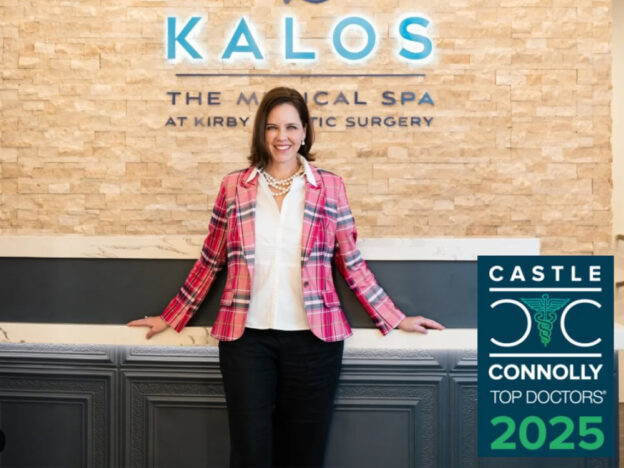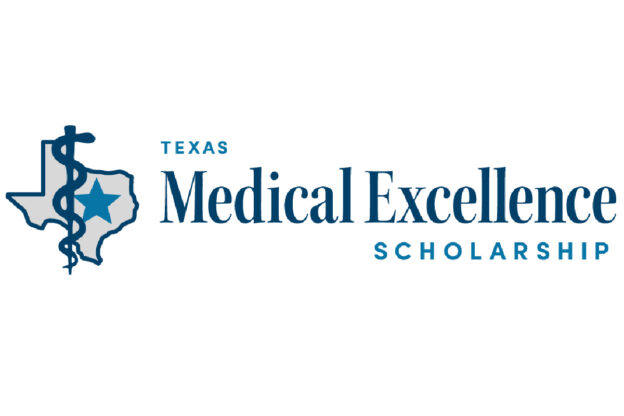Saving Face: The Remarkable Story of How Scientists, Surgeons, & Families Are Using Facial Transplants to Help Disfigured Individuals

We’re fortunate to live in an era where medical innovations are saving and improving lives daily, and that is more true than ever in the world of reconstructive plastic surgery.
Injury to the face is particularly difficult, as personal identity is so closely tied to our appearance. Thankfully, more tragically disfigured individuals may now be able to improve their lives through facial transplantation. According to the New York Times, facial organ donation isn’t something many families have wanted to consider while coping with the loss of a loved one, but that is changing thanks to modern advancements in 3D printing.
Patients are waiting—here’s why families hesitate to donate
Patients who have sustained extensive facial injuries often feel they may never again have a normal life. There is some hope though: successful facial transplantation surgeries in recent years have proven it is possible to restore faces that have exhausted all modern reconstruction efforts. However, a number of contributing factors mean patients expect to wait years before receiving a donation:
- Facial donation is not included in the driver’s license organ donation registry
- Selecting a facial donor requires going beyond organ donation suitability measures, such as matching blood type. Facial donations also require matching the patient’s gender, skin tone, ethnicity, and size.
- Families of potential donors hesitate when it comes to facial donation, feeling they’d be giving away the most important feature of their loved one. Some also feel committed to having an open casket as they say a final goodbye; seeing their loved one during the funeral service helps them to have a sense of closure.
Thankfully, technology may help overcome these donor family concerns.
How 3D printing makes facial donation a more accessible choice
By now, most of us have heard about 3D printing and the feats it can accomplish. And now, to encourage more facial donations, surgeons are using advanced digital scanning and 3D printing technology to create 95% accurate facial reproductions of donor faces.
3D printing allows donors’ faces to be replicated and replaced with accuracy. Prior to donation, typically when a donor is still on life support, the face is scanned in detail so a life-like mask can be created through 3D printing. Once complete, the mask is laid upon the donor’s face, and thin bandages are used to cover seams where the mask meets skin or the hairline, similar to what is used to cover an incision This practice eases doubts and generally makes it easier for families to embrace the decision to donate a loved one’s face.
Reconstructive surgery is making big strides
It’s heartening to know how quickly reconstructive techniques are advancing, providing those suffering from disfigurement with more options to restore their form. This particular innovation may lead to related advancements for reconstructive plastic surgeons, patients, and families.
As an aesthetic and reconstructive plastic surgeon in Fort Worth, it’s especially exciting for me to witness this progress. I know just how rewarding it is to help patients restore appearance and function after an injury or to correct a deformity and see them heal and gain their confidence afterward. I can’t wait to see how our understanding of reconstructive methods continues to progress so we can provide more and more specialized care to patients.
I encourage you to read the full article here for a fascinating look at how the world of facial transplantation is evolving.

